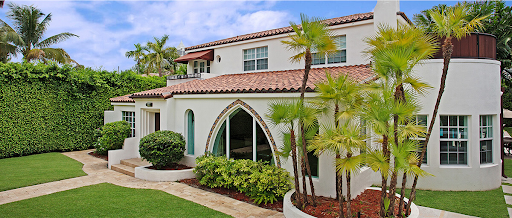When upgrading your home’s windows, especially if you live in an area prone to severe weather conditions, exterior storm windows can be an excellent investment. These windows serve as an additional barrier against the elements, providing an extra layer of protection and insulation. However, choosing the right exterior storm windows requires careful consideration of several factors to ensure you make an informed decision. Here’s a comprehensive guide to help you navigate the selection process.
1. Understanding the Benefits
Before diving into the specifics, it’s important to understand why exterior storm windows are worth considering. Unlike interior storm windows, which are mounted on the inside of your existing windows, exterior storm windows are installed on the outside. This setup offers several advantages:
- Enhanced Protection: Exterior storm windows protect against harsh weather, such as heavy rain, snow, and high winds.
- Improved Insulation: They add an extra layer of insulation, helping to reduce heat loss and improve energy efficiency.
- Reduced Noise: They also act as a buffer against external noise, contributing to a quieter indoor environment.
2. Material Options
When choosing exterior storm windows, the material is a crucial factor. Common materials include:
- Aluminum: Known for its durability and low maintenance, aluminum storm windows are a popular choice. They are resistant to rust and corrosion but may not offer the same insulation as other materials.
- Vinyl: Vinyl storm windows are another low-maintenance option. They provide good insulation and are resistant to weathering, but they may not be as strong as aluminum.
- Wood: Wooden storm windows offer a classic look and excellent insulation. However, they require regular maintenance to prevent rot and weathering.
- Fiberglass: Fiberglass storm windows are highly durable and offer excellent insulation. They are less common but provide superior performance in extreme weather conditions.
3. Design and Style
The design of your storm windows should complement the architectural style of your home. Exterior storm windows come in various designs, including:
- Double-Hung: This design features two sashes that move up and down, providing easy ventilation and accessibility.
- Casement: Casement storm windows are hinged on one side and open outward, offering a sleek look and good ventilation.
- Fixed: Fixed storm windows do not open but provide a solid barrier against the elements. They are ideal for areas where ventilation is not a concern.
4. Fit and Installation
Proper fit and installation are essential for maximizing the effectiveness of your exterior storm windows. Key considerations include:
- Measurement Accuracy: Ensure precise measurements of your existing window openings to guarantee a proper fit. A professional installer can assist with accurate measurements and installation.
- Compatibility: Check that the storm windows are compatible with your current window frames and home structure.
- Professional Installation: While DIY installation is an option, hiring a professional ensures that the storm windows are installed correctly and sealed properly to avoid leaks and drafts.
5. Energy Efficiency
Energy efficiency is a significant factor when selecting storm windows. Look for windows with:
- Low-E Glass: Low-emissivity (Low-E) glass can help reduce heat transfer and improve insulation, making your home more energy-efficient.
- Weatherstripping: Quality weatherstripping ensures that the windows are sealed tightly, minimizing air leaks and enhancing insulation.
6. Cost and Budget
The cost of exterior storm windows can vary widely depending on material, size, and design. It’s important to establish a budget and consider both upfront costs and long-term savings. Investing in high-quality storm windows may have a higher initial cost but can result in greater energy savings and reduced maintenance over time.
7. Custom Storm Windows
For homes with unique window shapes or specific design requirements, custom storm windows might be the best option. Custom storm windows are tailored to fit your exact specifications, ensuring optimal performance and a perfect fit. While they can be more expensive than off-the-shelf options, the added benefits of a bespoke solution often outweigh the costs.
Conclusion
Choosing the right exterior storm windows involves careful consideration of materials, design, fit, energy efficiency, and cost. Understanding these factors will help you make an informed decision that enhances your home’s protection, comfort, and energy efficiency. For those with specific needs or unique window configurations, custom storm windows provide a tailored solution that ensures both functionality and aesthetic appeal. By keeping these considerations in mind, you can select the ideal storm windows to safeguard your home and enjoy the benefits of improved insulation and protection against the elements.
Feel free to submit more guest posts through Links Building Servcies - Best Prices. Buy Author Account / 1$ Guest Post Here





















